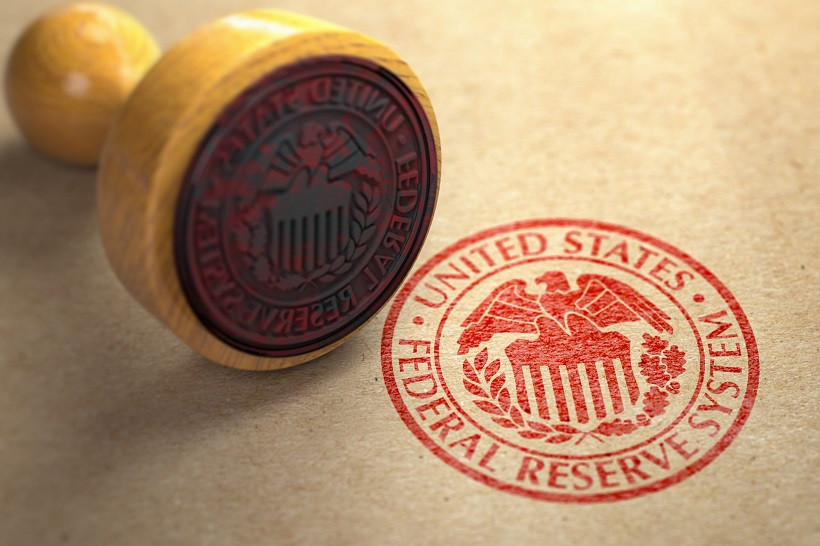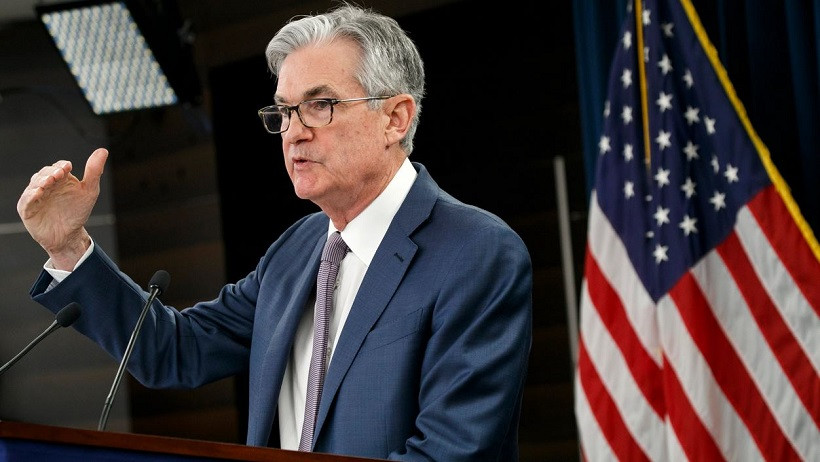
The US Federal Reserve will sum up the results of the November meeting today. This will be the final meeting this year, which promises to be not a "check-through". The regulator should bring together all the fundamental factors and outline the prospects for monetary policy – both in the context of the fate of QE and in the context of the fate of the interest rate. Looking ahead, it should be noted that many contradictory signals have been said since the last meeting, the interpretation of which will make it clear whether the regulator is ready to tighten monetary policy next year or whether this issue will remain on the side again.
Given the market's general "hawkish" expectations, it will be difficult for the Fed to justify them, although some fundamental factors speak in favor of this scenario. In other words, the intrigue of the November meeting persists, and this fact predicts increased volatility among dollar pairs including the EUR/USD pair.

Before today's events, the US dollar has strengthened its positions again all over the market. The US dollar index returned to the area of the 94th mark, reflecting the increased demand from investors. The EUR/USD pair also dropped below the target level of 1.1600. Such leaps look alarming since not all recent releases have been on the hawkish side. Therefore, the regulator may place accents accordingly in the accompanying statement, disappointing dollar bulls.
It can be recalled that the US economy noticeably slowed down in the third quarter. The data on US GDP growth did not even reach the weak forecast values. In view of the spread of the delta strain of coronavirus, the third quarter was marked by problems in global supply chains, a shortage of raw materials, and a shortage of labor. At the same time, the activity in both the industrial and consumer sectors declined markedly, as did the real incomes of Americans by 5.6%. Some experts believe that the weakening of economic growth in the United States is temporary. The economic recovery should accelerate in the fourth quarter of this year, as well as in the first two quarters of next year. However, it is still unknown whether the Fed members will agree with such assumptions.
There is also a contradictory situation in the US labor market. The number of people employed in the non-agricultural sector increased by 194 thousand in September, while experts expected this indicator to be much higher – almost at the level of half a million. The growth rate of the number of people employed in the private sector of the economy was also disappointing – 317 thousand jobs were created in this area, with a forecast of growth to 455 thousand. The share of the economically active population has also decreased. Nevertheless, salaries turned out to be better than the forecast values. The level of average hourly wages on a monthly basis rose to 0.6% (the best result since April this year), while traders expected it to be around 0.3%. In annual terms, the index also accelerated its growth, reaching 4.6% (the best result since February of this year). The unemployment rate, which fell to 4.8%, is also pleasing. This is an annual record. The last time the indicator was in this area was in April 2020 (4.4%). The October data will be published after the Fed meeting on Friday, so the members of the US regulator are forced to operate with the above figures. According to general forecasts, the labor market situation will improve in October: the unemployment rate is expected to decline to 4.7%, the number of people employed in the non-agricultural sector will increase by 400 thousand, and the average hourly wage will increase by 4.9% yoy (0.4% mom).
The main trump card of the "hawks" remains inflation. The overall consumer price index accelerated to 5.4% yoy in September: the overall CPI was released at this level in August and July, and before that, in 2008. In monthly terms, the index also showed positive dynamics, rising to 0.4% (after a two-month downward movement). The core CPI, excluding volatile food and energy prices, came out at the level of forecasts: an increase of up to 0.2% was recorded in monthly terms, and up to 4.0% in annual terms. In addition, the most "beloved" inflation indicator by Fed members – the index of personal consumption expenditures, also increased. The core PCE index, which does not take into account volatile food and energy prices, rose by 3.7% in September (in annual terms), remaining at the same level as it was released in August, July, and June.
According to the baseline scenario, the Fed will announce the start of the curtailment of a large-scale quantitative easing program today. This fact has already been considered in prices, so it can provoke only a short-term reaction. The main attention of traders will be focused on the issue of further prospects for tightening monetary policy. We think that market expectations are overstated here. For example, according to Goldman Sachs analysts (many other experts agree with them), the US Central Bank will raise the rate twice next year – in July and in November. In 2023 and 2024, the regulator will also raise the rate twice.

Such hawkish forecasts are at odds with Jerome Powell's rhetoric, who, on the one hand, did not rule out a rate hike next year, but on the other hand, attributed this scenario to the category of unlikely scenarios. The Fed Chairman continues to insist that the rise in inflation in the US is a temporary phenomenon. We believe that he will voice similar messages at today's press conference, putting pressure on the US currency. It is necessary to understand that the Fed is not cornered at least if we talk about the current situation, which means that there is no need for Powell to "indulge" market expectations. We also admit the possibility that the head of the Fed will repeat the phrase of the RBA's head, Philip Lowe, who said yesterday that the expectations of market participants regarding the earlier timing of an interest rate increase "do not correspond to objective realities."
As a result, it is extremely risky to trade dollar pairs today. In my opinion, traders mostly overestimate the "hawkishness" of the American regulator. This fact can provide market participants with a "disservice", literally and figuratively. Given this degree of uncertainty, it is advisable for traders to wait for the results of the Fed's November meeting on the side.